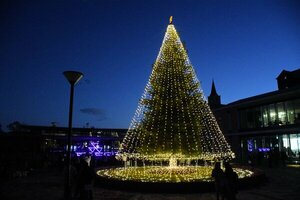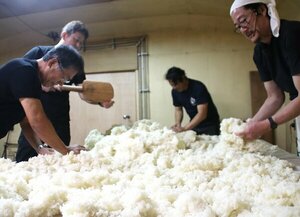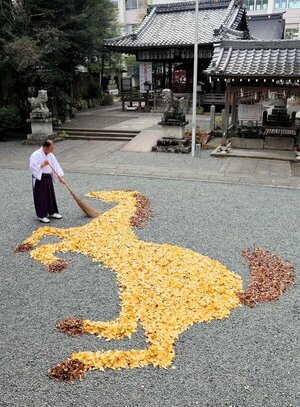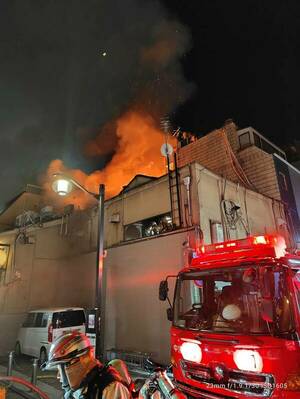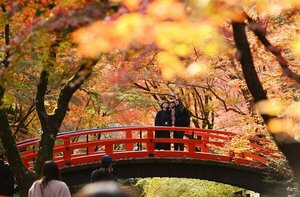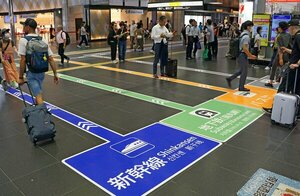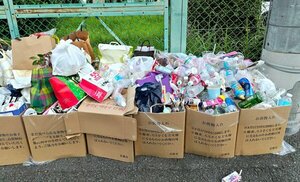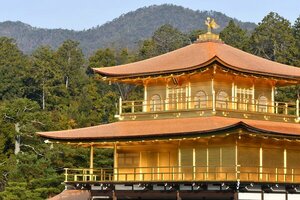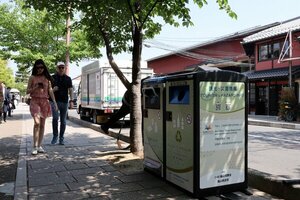【Path of Philosophy (Sakyo Ward, Kyoto City)】
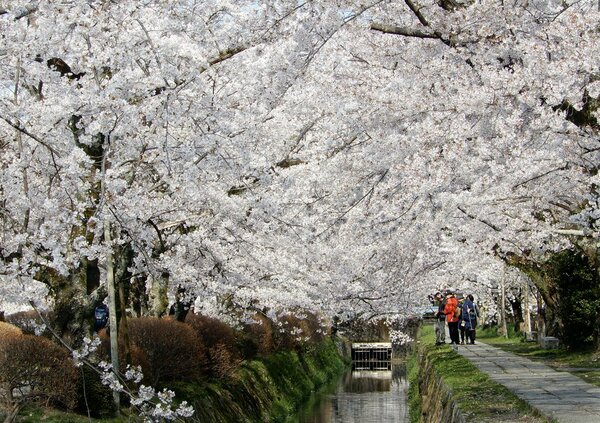

Philosopher's Path is located a short distance from Nanzenji Temple and Eikando Temple in Higashiyama, which are famous as Kyoto's famous spots for viewing autumn leaves and cherry blossoms.
The Philosopher's Path, which runs from in front of Kumano Nakaoji Shrine at the foot of Mt. Higashiyama, which is rich in nature, along the Lake Biwa Canal line to near Ginkakuji Temple, is one of the most popular walking paths in Kyoto City, and in August 1987 it was named It was also selected as one of Japan's top 100 roads.
Additionally, the promenade along the river is lined with paving stones, which were repurposed from the former Kyoto City Tram, which was completely abolished in 1978.
Along the approximately 1.5 km long road, the section centered around Ginkakuji Temple is lined with cherry blossom trees, and is crowded with many cherry blossom viewing visitors in spring. On the other hand, there are many maple trees planted near Kumano Nakaoji Shrine, and the area is crowded with people enjoying the autumn leaves.
■Philosopher's Path (Tetsugaku no Michi, Sakyo Ward, Kyoto City)
Kumano Nakaoji Shrine is a 20 minute walk from Keage Station on the subway.
In front of Ginkaku-ji, take the city bus and get off at Ginkaku-do, then walk 5 minutes.
*Philosopher's Path/Kumano Nakaoji Shrine-mae - Ginkaku-ji Temple is about a 30 minute walk
◇
【Keage Incline (Sakyo Ward, Kyoto City)】
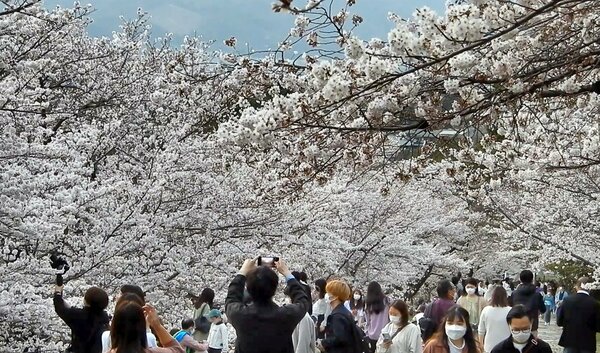

Keage Incline, known as a famous cherry blossom viewing spot, is located near Nanzenji Temple in Sakyo Ward, Kyoto City.
The Keage Incline is the world's longest inclined railway, approximately 580 meters long, and used to transport people and goods between Kyoto and Otsu. It began operating in 1891 and ended its role in 1948 as shipping declined.
Currently, the ruins of the abandoned railway line are designated as cultural assets of Kyoto City. Cherry blossoms are planted on both sides of the railway, and it is now a famous spot for cherry blossom viewing.
■Keage Incline (Sakyo Ward, Kyoto City)
Get off at the subway “Keage Station” and walk for about 3 minutes
Get off at the city bus “Hoshoji” stop and walk for about 5 minutes
◇
【Lake Biwa Canal in Yamashina (Yamashina Ward, Kyoto City)】
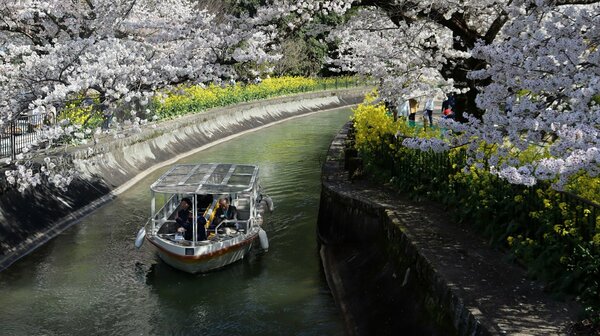

The Lake Biwa Canal, which supplies Kyoto with the water of life, was built during the Meiji period. This waterway, which connects Otsu City, Shiga Prefecture, and Kyoto City, is thought to primarily be used to "supply water from Lake Biwa for use in Kyoto's water supply," but it was initially used to transport people and cargo by boat. It was used as a "water carrier" for transportation. On the other hand, it is also used for hydroelectric power generation, and is also known for being the first place in Japan to run a train using that electricity.
Lake Biwa Canal, which flows through Yamashina Ward, is affectionately known as "Yamashina Canal." It passes along the southern side of the Mt. Hiei mountain range, and nearby is the Mausoleum of Emperor Tenji, from which the name of the Mausoleum derives. There is a promenade along the quiet river, and people can be seen enjoying walks, jogging, and hiking throughout the year.
■Lake Biwa Canal in Yamashina (Yamashina Ward, Kyoto City)
Approximately 10 minutes walk from Yamashina Station on the JR Tokaido Main Line or Yamashina Station on the Subway Tozai Line

